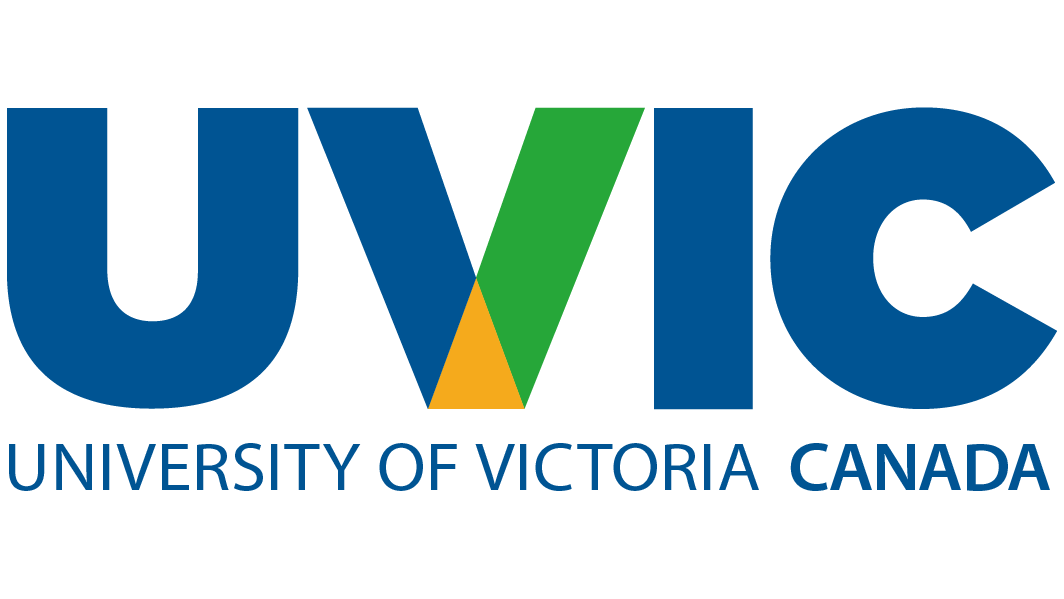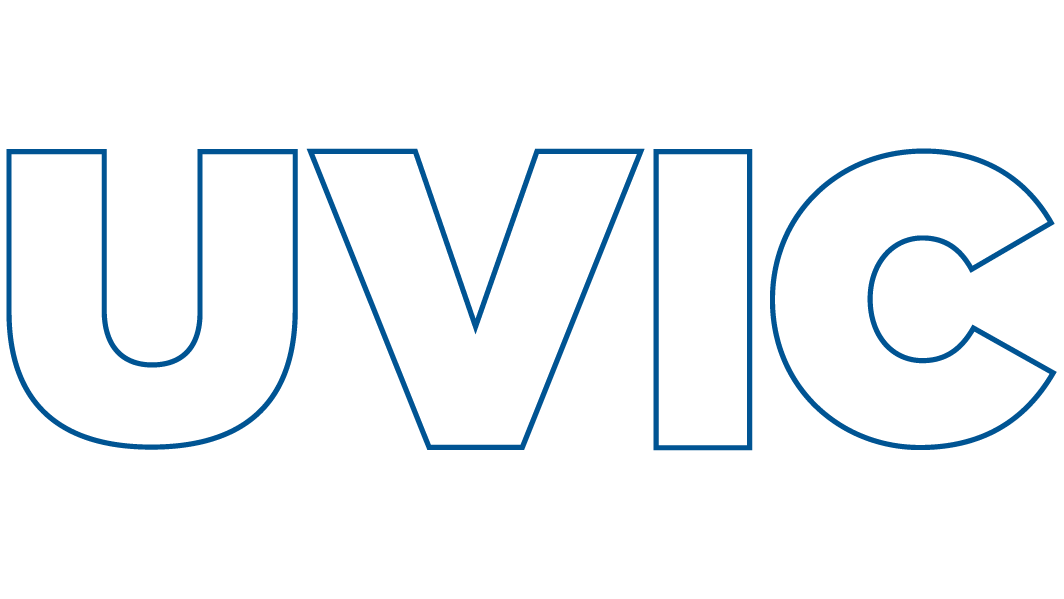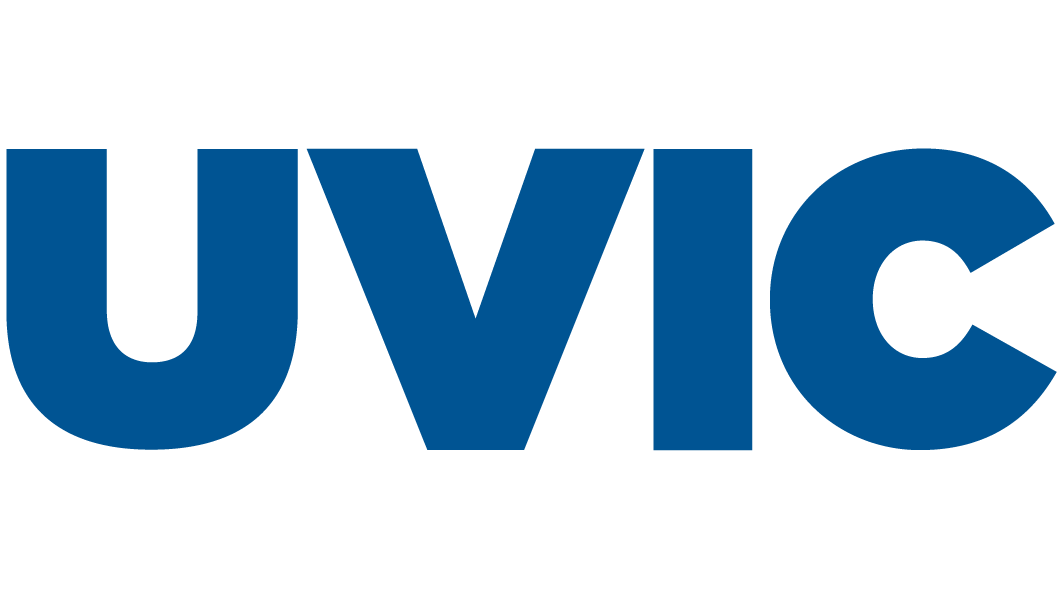UVic mark guidelines
Access UVic mark files on the downloads page.
Versions
The UVic mark is available in different versions depending on audience and design.
Core
- use with audiences that know us
- use on white, light-coloured or dark blue backgrounds, or images with light backgrounds

Full name
- use with audiences in Canada that may not be familiar with the name "UVic" (audiences east of BC)
- use on white, light-coloured or dark blue backgrounds, or images with light backgrounds

Country
- always use with international audiences
- use on white, light-coloured or dark blue backgrounds, or images with light backgrounds

Outline
- use with designs where our UVic name doesn't need to be "loud"
- use when the design is busy (lots of graphics, photos, etc.) to reduce visual clutter

Solid
- use with designs where our UVic name doesn't need to be "loud"
- use when the design is busy (lots of graphics, photos, etc.) to reduce visual clutter
- use when printing in black and white or single colour
- the solid black or white versions work over blue backgrounds where the blue version won't show up

Full name and country versions of the outline and solid versions are coming soon.
Orientation
- the core, solid and outline versions can be used horizontally or vertically
- when used vertically, place the "U" at the top
- place the "C" at the top if it better suits the application
- don't use the full name or country versions vertically
Size
Minimum size
- UVic marks (except the country version): the mark should be at least 1.065" wide for print and 77 pixels wide for web
- UVic mark, country version: the mark should be at least 1.36" wide for print and 98 pixels wide for web
Maximum size
You can proportionally stretch the mark to the full width or height of the page.
Spacing
There are no hard guidelines for spacing, but the mark works best when given lots of space surrounding it.
